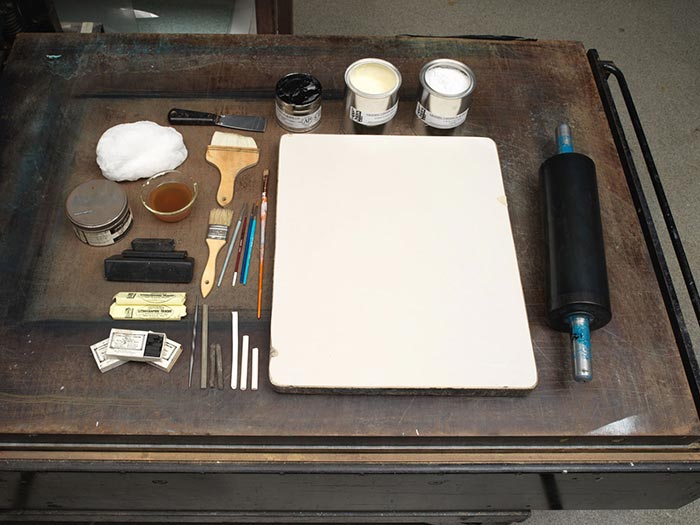A Poultry Show on a Bust: Bad for the Dog
Nicholas Winfield Scott Leighton American
Publisher Currier & Ives American
Not on view
The late nineteenth-century Darktown prints by Currier & Ives depict racist stereotypes that are offensive and disturbing. The Metropolitan Museum of Art preserves such works to shed light on their historical context and to enable the study and evaluation of racism.
In this rural scene, an elderly Black (African American) man drives his donkey-pulled, poultry-filled wagon quickly past an elegantly attired couple riding in their open, four-wheeled carriage drawn by a brown horse. Snapping his whip held in his upraised right hand to urge the donkey onward, the Black man's hat has flown off, and he is unaware that some chickens and other fowl have escaped in various directions. One white chicken is perched on the rump of the horse, a goose has landed in the couple's carriage at their feet, a turkey runs on the road between the donkey and the horse, while other chickens fly off or run off behind the vehicles. In the commotion, the woman's green parasol has been blown inside-out, and the couple's pet pug dog is shown hanging above the road, as it dangles by its collar and leash caught on the back of the carriage. The title caption, which is imprinted at the bottom margin, indicates that this scene was intended to be a comic one. This lithograph is the sequel companion to "A Poultry Show on the Road: Fun for the Pup" (see Metropolitan Museum of Art accession no. 52.632.291; Peters 456, Gale 5266).
Nathaniel Currier, whose successful New York-based lithography firm began in 1835, produced thousands of prints in various sizes that together create a vivid panorama of mid-to-late nineteenth century American life and its history. People eagerly acquired such lithographs featuring picturesque scenery, rural and city views, ships, railroads, portraits, hunting and fishing scenes, domestic life and numerous other subjects, as an inexpensive way to decorate their homes or business establishments. As the firm expanded, Nathaniel included his younger brother Charles in the business. In 1857, James Merritt Ives (the firm's accountant since 1852 and Charles's brother-in-law) was made a business partner; subsequently renamed Currier & Ives, the firm continued until 1907. [Nicholas Winfield] Scott Leighton was a Boston-based artist noted for his remarkable paintings of horses. His pictures reached wider audiences after some of them were produced as prints published by Currier & Ives in the 1880s.

